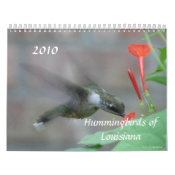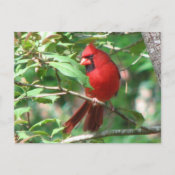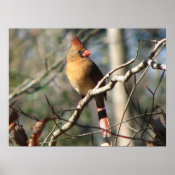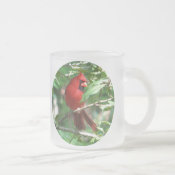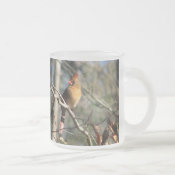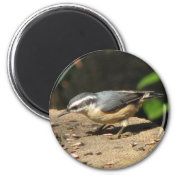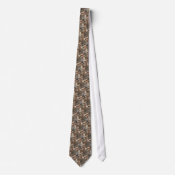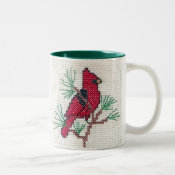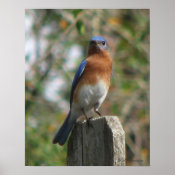skip to main |
skip to sidebar
It finally rained. We got a 2 day grand total of ½ inch. When you add the ½ inch that we got last week you get what we should have had each week this spring. The temperature has been in the 90’s and summer doesn’t officially start until tomorrow.
Our regular Tuesday morning hummingbird session was unproductive again with a total of zero captures. Hummingbird numbers seem to be down overall. We saw only 2 adult males and 2 immature birds all morning.
Our cavity nesting birds seem to be doing well and we also have a lot of different species of song birds nesting in the yard. For the first time in years we have at least 1 pair of orchard orioles that have raised a family. Besides the mature male and female and their fledglings we have seen a couple of 2nd year males with the yellow coloring and black throat. Each time I go past the lemon bottlebrush plant I see one of the orioles. Orchard orioles were once very common in this area, but their numbers have decreased due to cowbird predation. We have also observed the young of several other species that nest on our property including hooded warblers, eastern towhees, wood thrushes, northern cardinals, mockingbirds, brown thrashers, mourning doves, pine warblers, Kentucky warblers, red-eyed vireos, white-eyed vireos and yellow-throated vireos.
This spring we’ve had a population of mammals, especially cottontail rabbits and cotton rats. We also saw what looked like a young coyote hanging around and coyote droppings were found by the pond. This is not one of the predators that we encourage since they have been known to kill small pets -- just another reason why we keep our pets inside. The drought has brought the armadillos out of the woods to search for grubs in our flower beds.
Many of the shallow parts of our creek have dried up as a result of the drought forcing reptiles to search for food upland. We saw one water moccasin along the trail in the woods yesterday morning and another on our front porch in the afternoon. But we feel that all creatures have their place in the habitat so both snakes were chased back to the creek where they belong.
I gathered the seeds of our native copper iris (iris fulva) and the giant blue iris (Iris giganticaerulea) while the pod was still greenish yellow and pliable and planted the seeds in good potting soil. I’m hoping to get a lot of these beautiful native flowers as they are good nectar plants for hummingbirds.
This morning we attempted to band ruby-throated hummingbirds. This is a very inactive time for banders, when trapping is difficult due to the large number of flowers blooming - mimosa, Japanese honeysuckle, lemon bottlebrush and trumpet creeper, to name a few. The female ruby-throats have also been tending their first nests. A few juveniles have been sighted so in the next couple of weeks the hummingbirds will be plentiful again.
After a slow start, the nestboxes on our small trail had a high percentage of occupancy this year. This was probably due to the fact that most of the natural cavities were knocked down by H. Katrina. Five pairs of Carolina chickadees had successful nests, which was such good news because they haven't been doing well the last few years.
Three different pairs of Prothonotary warblers were successful: 1 in a bluebird box, 1 in a chickadee size box & 1 in an ornamental old barn wood box on our front porch. I have pictures of the pair on the front porch. It looks like they are starting a 2nd nest, too.
A pair of Great Crested Flycatchers built in a screech owl sized box in the vegetable garden and the last of their young are fledging as I write. We found what we think is a great crested flycatcher's nest in box #13. We are unable to check it regularly because you have to scale 4 fallen trees and balance on logs to reach it. It also has never had a nest in it until this year. We considered making it box 12b, but maybe it's not jinxed after all.
After a successful 2nd nesting attempt producing 4 fledglings (I saw them on the wire this a.m.) the eastern bluebirds have laid 4 eggs & the hen is beginning to set in one of the houses from the LA Bayou Bluebird Society.
Tomorrow we check the boxes down in the woods. We're hoping for 2nd nests for the 2 Prothonotary pairs. This a.m. we watched a family of brown headed nuthatches feed their young sunflower seeds. I guess they found a cavity in a dead limb somewhere for their nest. There was another family using the feeder down by the river.


